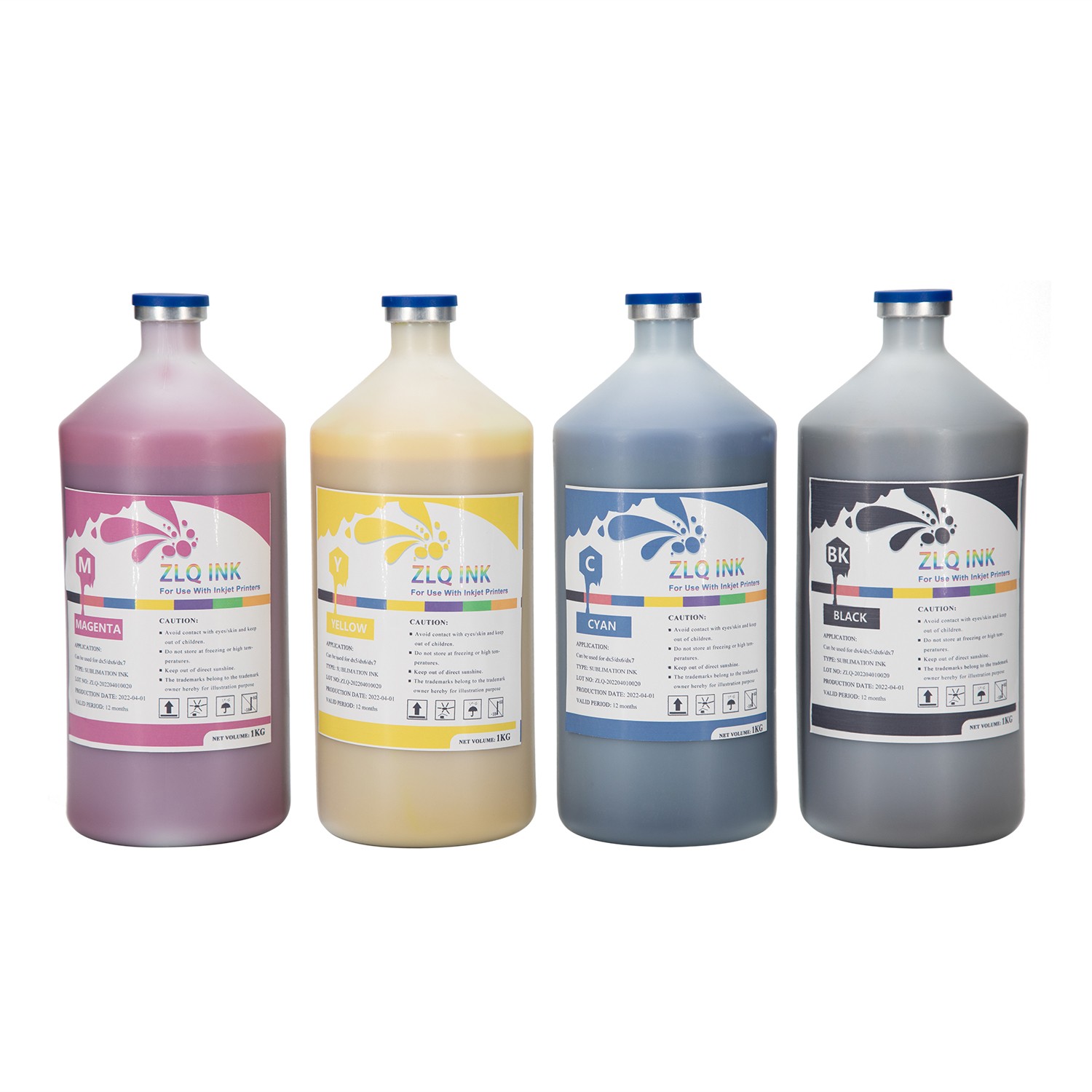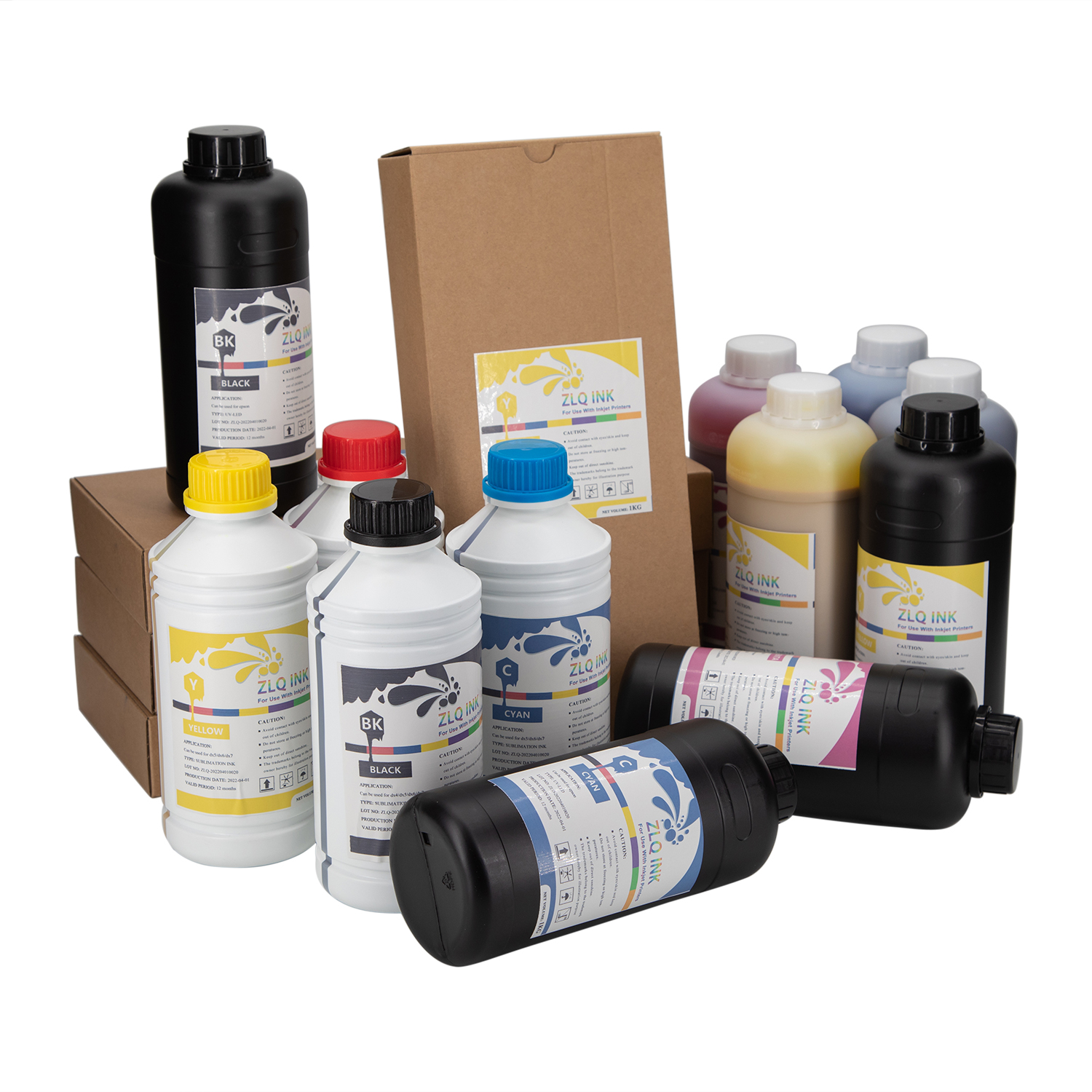

1. Ink compatibility
• Some nozzle ink types are limited: Although some Epson nozzles are compatible with multiple inks, some models of nozzles have limited ink compatibility. For example, some entry-level nozzles may only be suitable for specific types of water-based inks, and have poor compatibility with solvent-based inks and UV inks or do not support them at all, which limits their use in some application scenarios that require special ink performance, such as outdoor advertising and industrial printing where weather resistance is required.
• High ink quality requirements: Epson nozzles have strict requirements on ink quality, and inferior inks can easily cause nozzle blockage and damage. In actual use, if ink that does not meet the specifications is used, it may affect the print quality and even shorten the service life of the nozzle. Moreover, when different types of inks are replaced, a strict cleaning process is required, otherwise the residual ink may cause a chemical reaction and damage the nozzle.
2. Printing speed
• There is a gap compared with industrial-grade printheads: Although Epson has launched some high-speed printhead models, in general, there is still a certain gap in printing speed compared with some printheads designed specifically for industrial mass production. In some industrial printing scenarios that require extremely high production efficiency and require fast and large-scale output, such as large-scale packaging printing and large-scale advertising inkjet printing, Epson printheads may not be able to meet the needs. For example, in large-scale outdoor advertising production, large-area printing needs to be completed in a short time, and the speed of Epson printheads may cause the production cycle to be extended.
• Quality degradation during high-speed printing: In some cases, when Epson printheads print at a higher speed, there may be problems with print quality degradation, such as uneven ink droplet ejection and color deviation. This is because when printing at high speed, the inkjet control accuracy of the printhead may be affected to a certain extent, resulting in inaccurate ink droplet size and landing points, thereby affecting the clarity and color accuracy of the image.
3. Printhead life
• Relatively insufficient durability: The durability of Epson printheads is relatively weaker than that of some industrial-grade printheads. During long-term, high-intensity use, the nozzle wears and ages quickly, and is prone to nozzle blockage, poor inkjet, and other problems, requiring more frequent maintenance and replacement. For example, in large-scale printing operations for several consecutive days, the life of the Epson nozzle may be shortened due to frequent inkjet action.
• Strict use environment requirements: The life of the nozzle is also greatly affected by the use environment. If the dust, humidity and other conditions in the working environment are not ideal, it is easy to damage the nozzle. Moreover, in an environment with large temperature changes, the inkjet performance of the nozzle may be affected, further reducing the life of the nozzle.
4. Equipment cost
• High nozzle price: The price of Epson nozzles themselves is relatively high, especially some high-end models. This makes the initial investment cost of the equipment large, and for some small businesses or individual users, the burden of purchasing equipment is heavy. Moreover, if the nozzle is damaged during use and needs to be replaced, it will also increase the subsequent maintenance cost.
• High requirements for supporting equipment: In order to give full play to the performance of Epson nozzles, high-quality printing equipment and related supporting equipment are required, such as high-precision ink supply systems, stable control systems, etc. The cost of these supporting equipment is also high, further increasing the overall equipment cost.
5. Printing materials
• Limited adaptability to special materials: For some special materials, such as those with high surface roughness, strong water absorption or special chemical properties, Epson nozzles may not adapt well. For example, when printing on some special industrial materials, problems such as weak ink adhesion and uneven penetration may occur, affecting the printing effect.
• Limitations of three-dimensional object printing: Although Epson nozzles can achieve high-quality printing on some flat materials, they may face some challenges when printing on the surface of three-dimensional objects. Due to the inkjet method and angle limitations of the nozzle, it may not be possible to spray ink evenly on complex three-dimensional shapes, resulting in unstable printing quality.